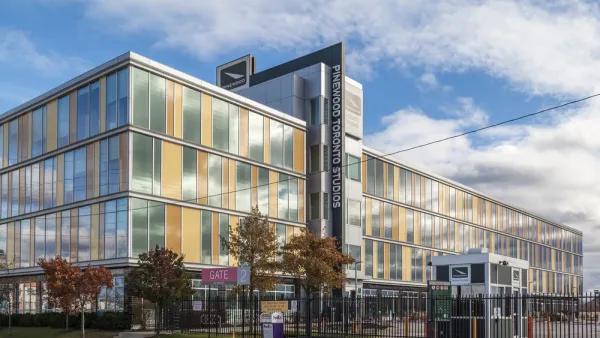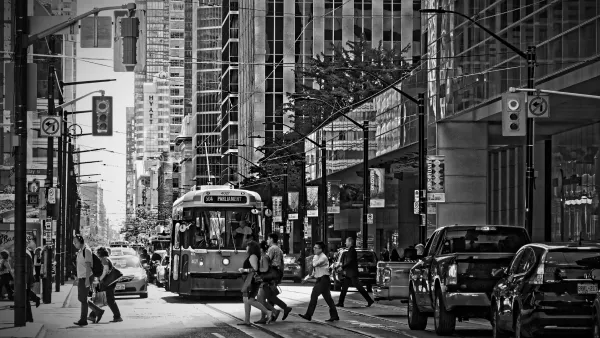Toronto’s 2013 Vital Signs Report cautions that while Canada’s largest city has a lot going for it, growing income disparity, high youth unemployment, and housing un-affordability threaten its future as one of the world’s most livable cities.
“Toronto has some impressive assets which, taken together, form a foundation that makes this city so appealing to residents, newcomers, and visitors,” write John B. MacIntyre and Rahul K. Bhardwaj of the Toronto Community Foundation, which publishes the annual Vital Signs Report. “This is an enviable position,” they continue, “but not without serious challenges. Take a closer look and you’ll see worrying cracks in the foundation — alarming trend lines that are unprecedented in this city.”
“Our divided city is a case in point. With precarious work and youth unemployment on the rise, more than one million residents now live in low- and very low-income neighbourhoods. And the decline of middle-income neighbourhoods continues.”
In their discussion of unemployment, the authors write that, “even though the overall unemployment rate in Toronto is dropping, youth unemployment hit an alarming and unacceptable high of 20.75 per cent in 2012. A TD Economics report warns of long-term 'scarring' effects of chronic under- and unemployment for this generation.”
On the subject of housing affordability, MacIntyre and Bhardwaj note that, “In a survey of 337 international housing markets, this city ranks as 'severely' unaffordable. In fact, the number of people on waiting lists for affordable housing has never been higher.”
Towards addressing these unsettling trends, the authors suggest that part of the solution lies in acknowledging and untangling the inter-connectedness of the issues. They assert that “while community based programs are important in addressing these challenges, the long term solutions will be found in broad based, system-wide innovations requiring us to think and act like a network.”
FULL STORY: Vital Signs 2013: Reboot the logic . . . please!

National Parks Layoffs Will Cause Communities to Lose Billions
Thousands of essential park workers were laid off this week, just before the busy spring break season.

Retro-silient?: America’s First “Eco-burb,” The Woodlands Turns 50
A master-planned community north of Houston offers lessons on green infrastructure and resilient design, but falls short of its founder’s lofty affordability and walkability goals.

Delivering for America Plan Will Downgrade Mail Service in at Least 49.5 Percent of Zip Codes
Republican and Democrat lawmakers criticize the plan for its disproportionate negative impact on rural communities.

Test News Post 1
This is a summary

Test News Headline 46
Test for the image on the front page.

Balancing Bombs and Butterflies: How the National Guard Protects a Rare Species
The National Guard at Fort Indiantown Gap uses GIS technology and land management strategies to balance military training with conservation efforts, ensuring the survival of the rare eastern regal fritillary butterfly.
Urban Design for Planners 1: Software Tools
This six-course series explores essential urban design concepts using open source software and equips planners with the tools they need to participate fully in the urban design process.
Planning for Universal Design
Learn the tools for implementing Universal Design in planning regulations.
EMC Planning Group, Inc.
Planetizen
Planetizen
Mpact (formerly Rail~Volution)
Great Falls Development Authority, Inc.
HUDs Office of Policy Development and Research
NYU Wagner Graduate School of Public Service





























